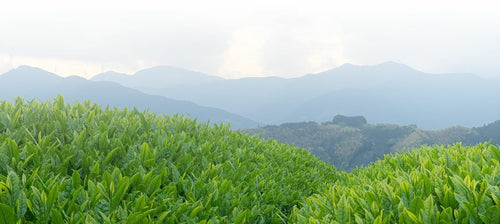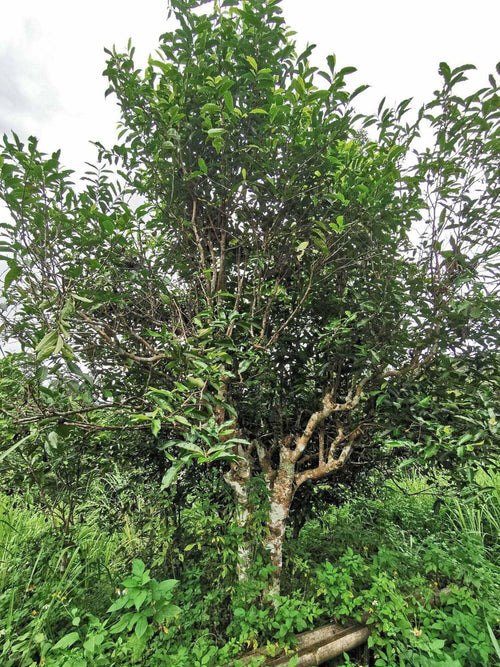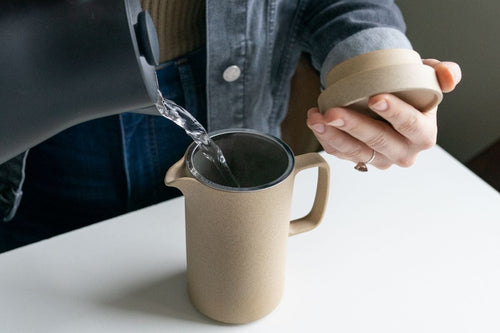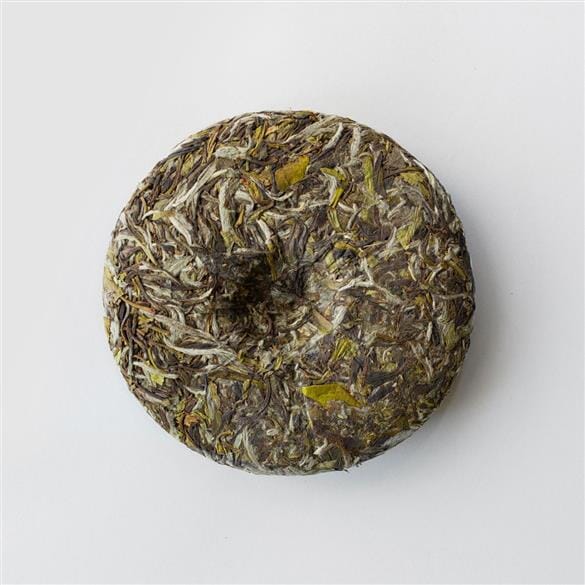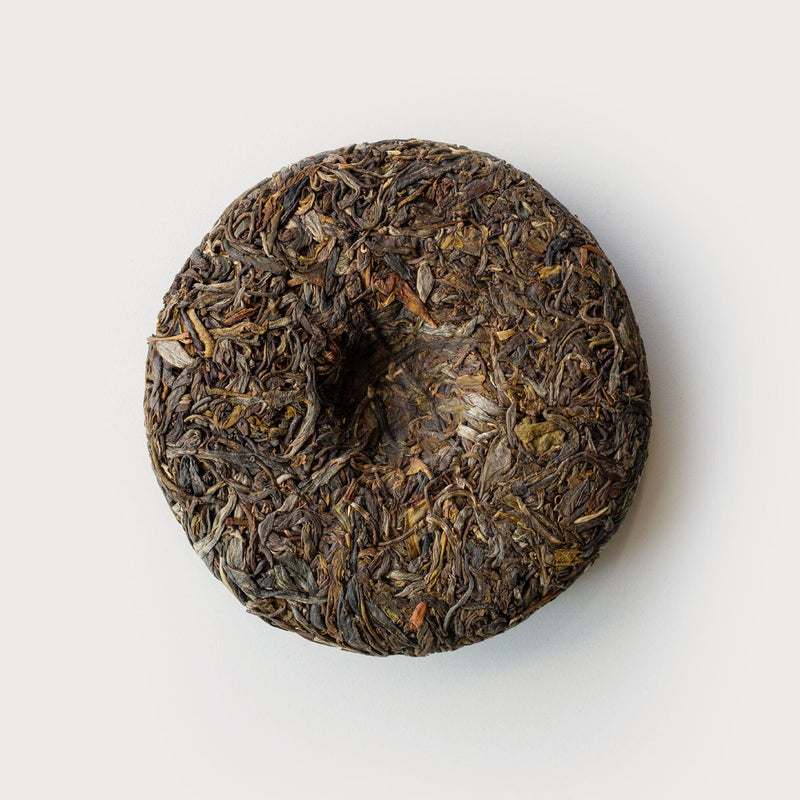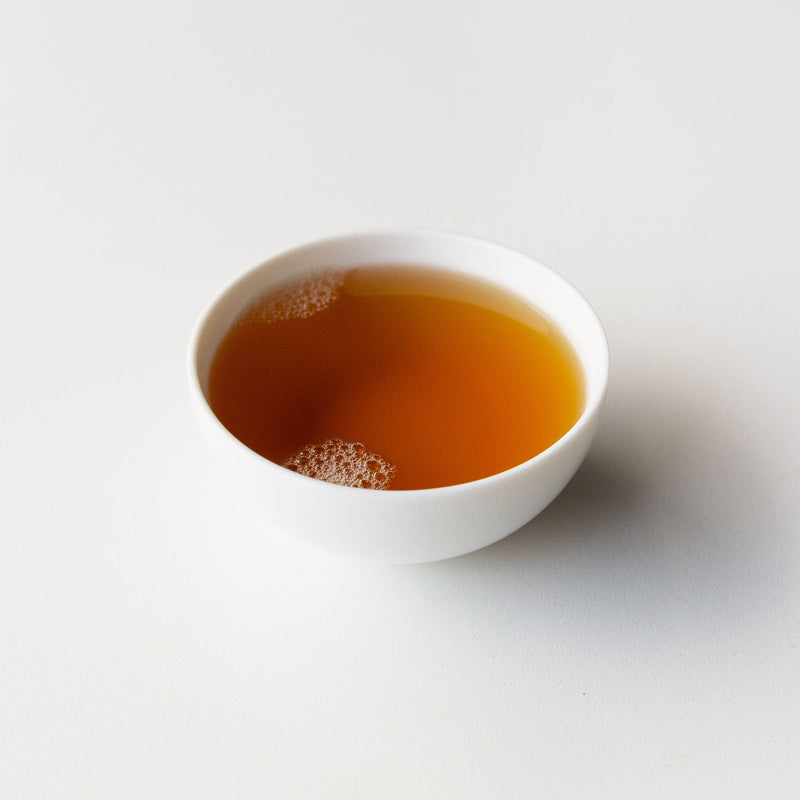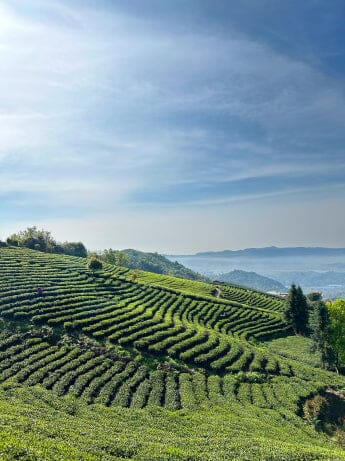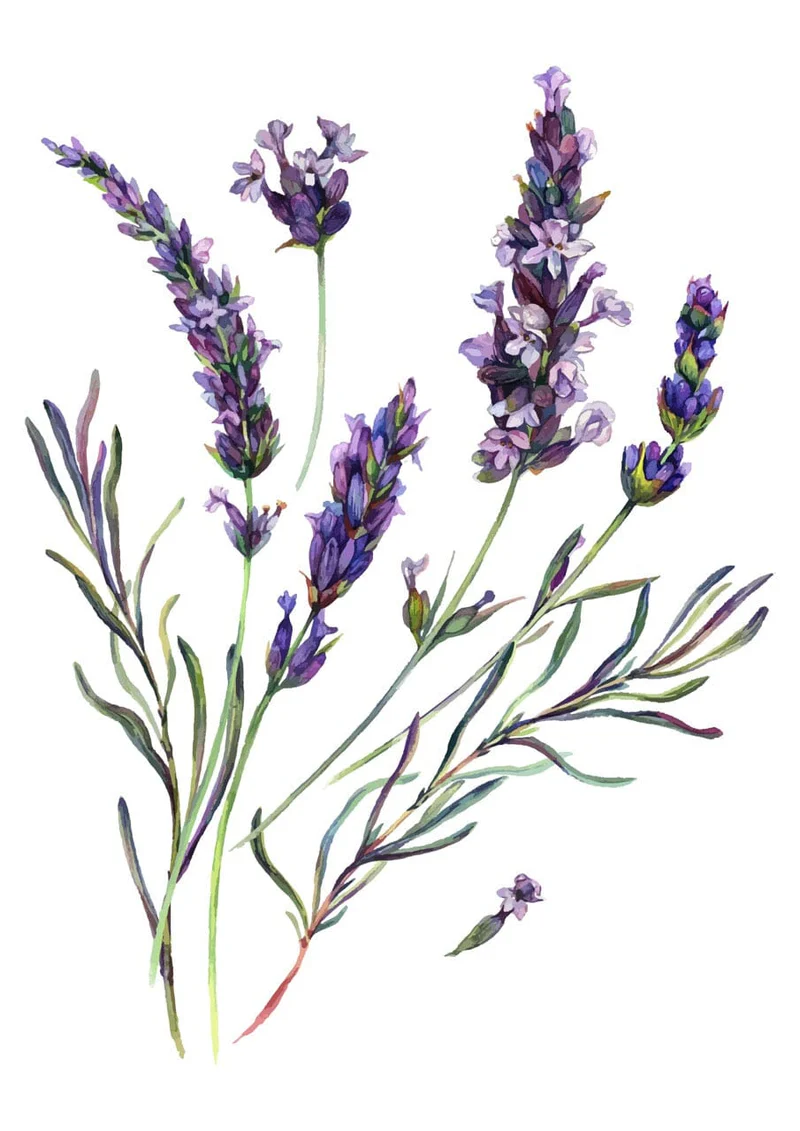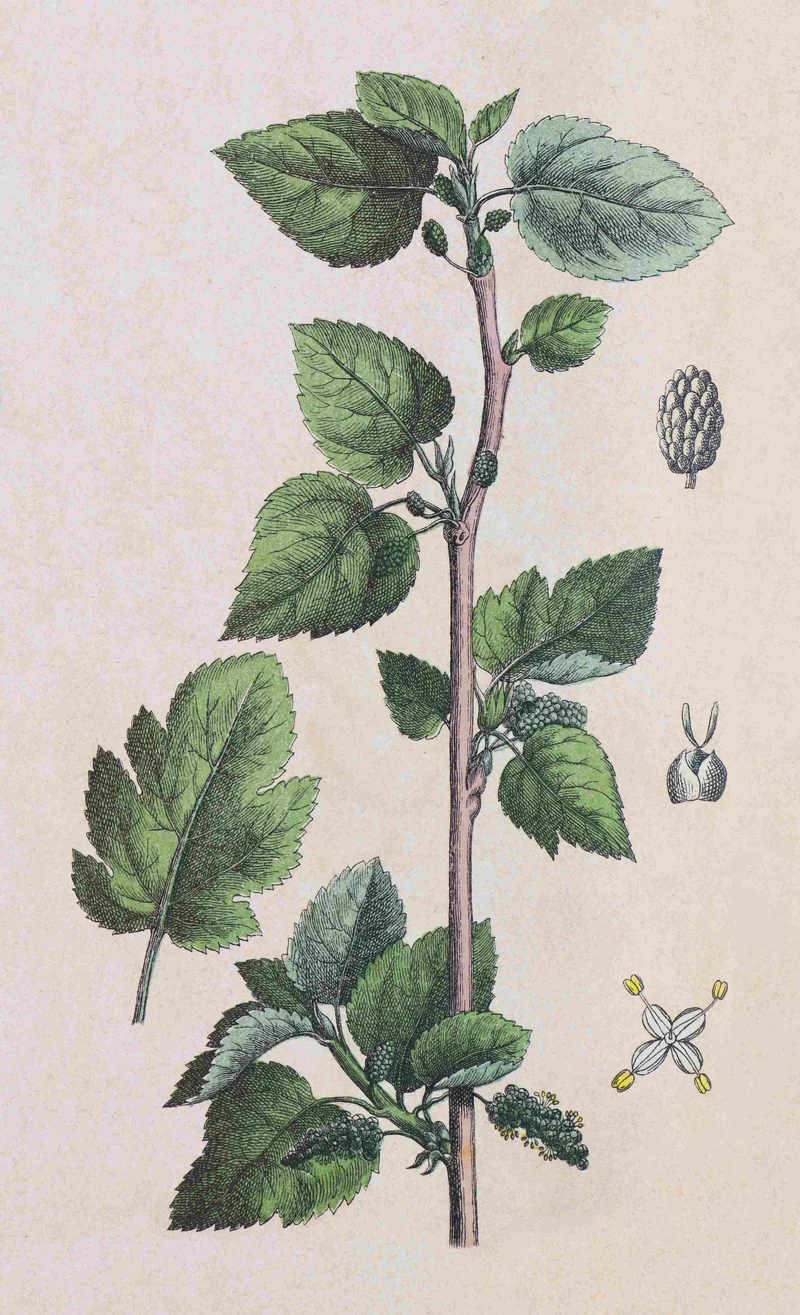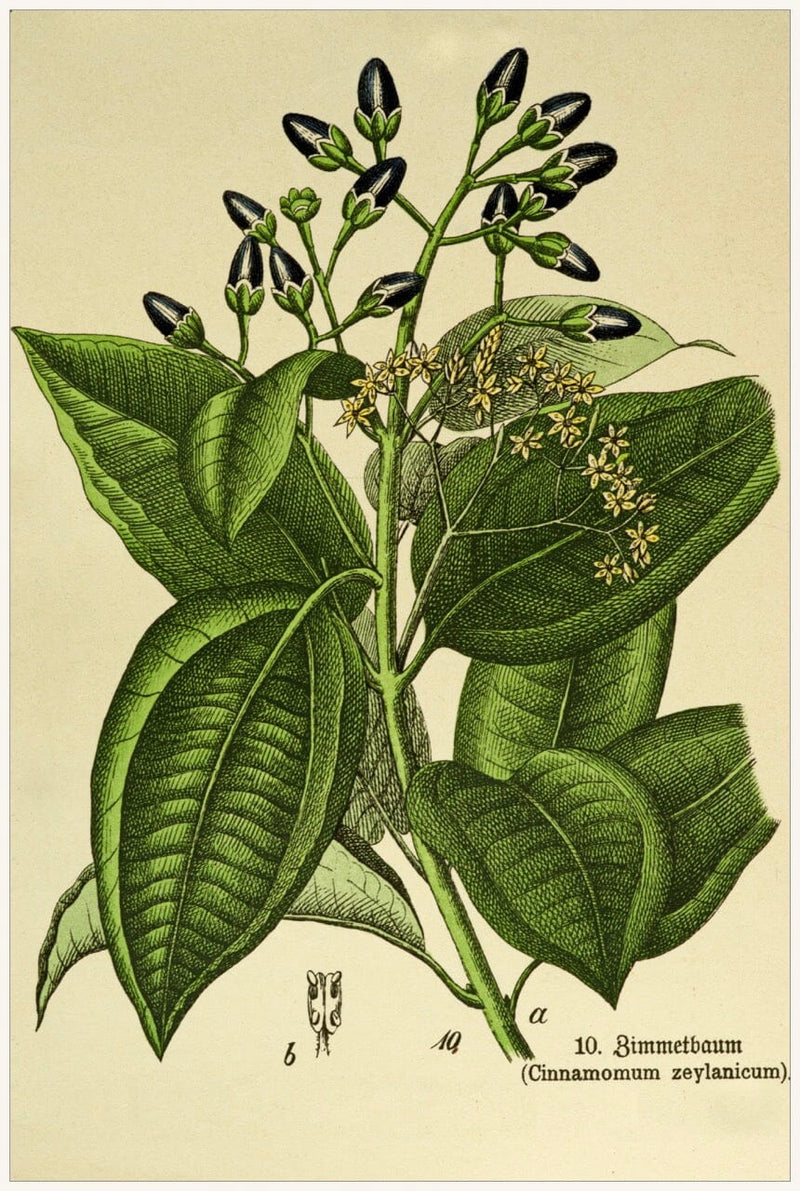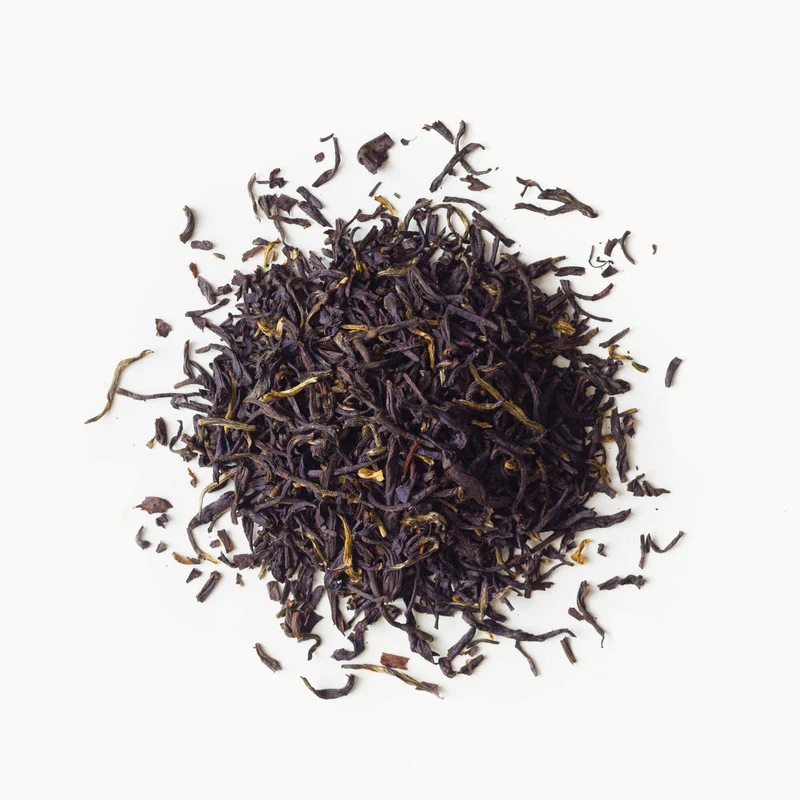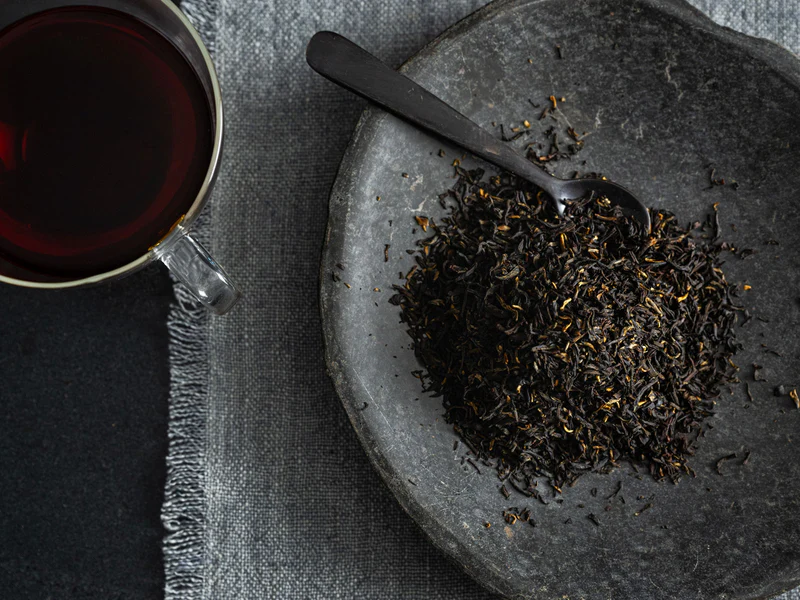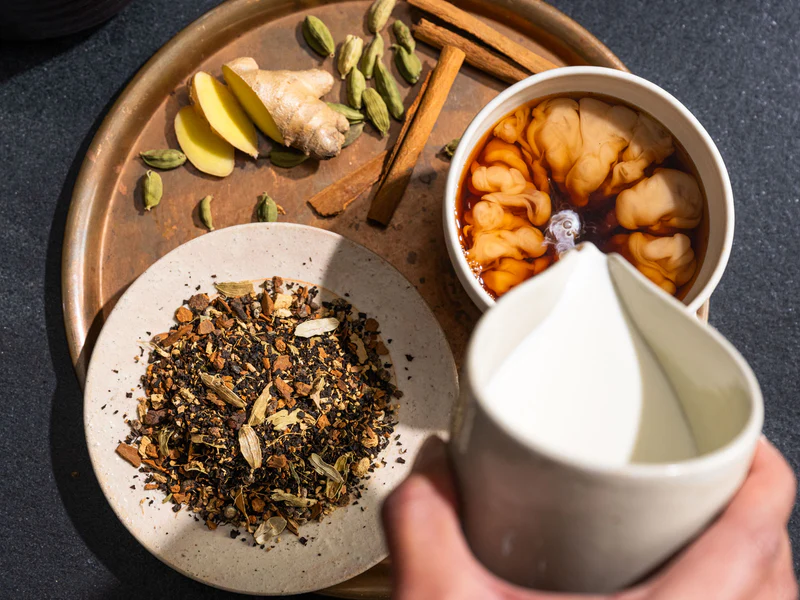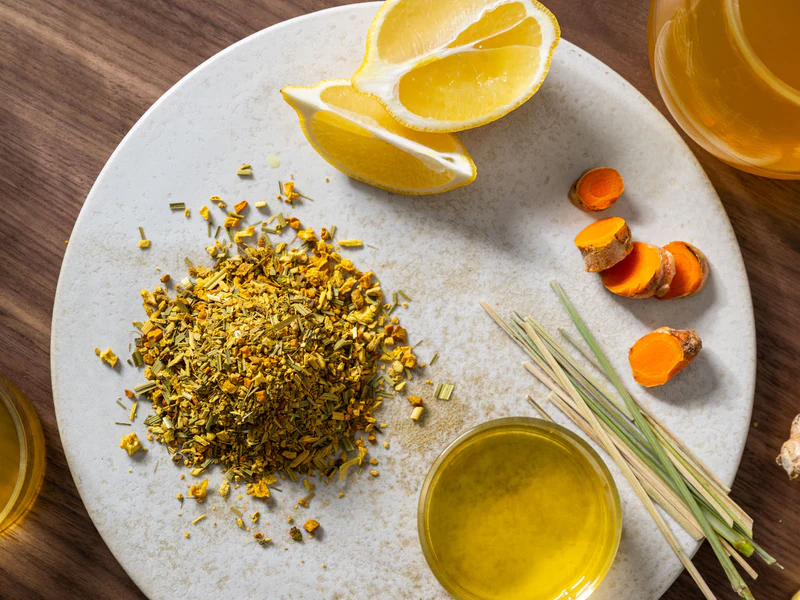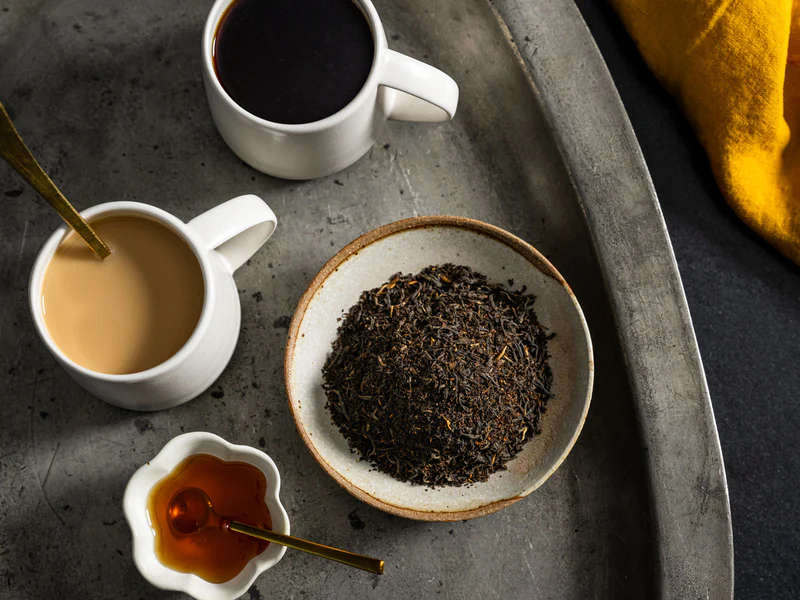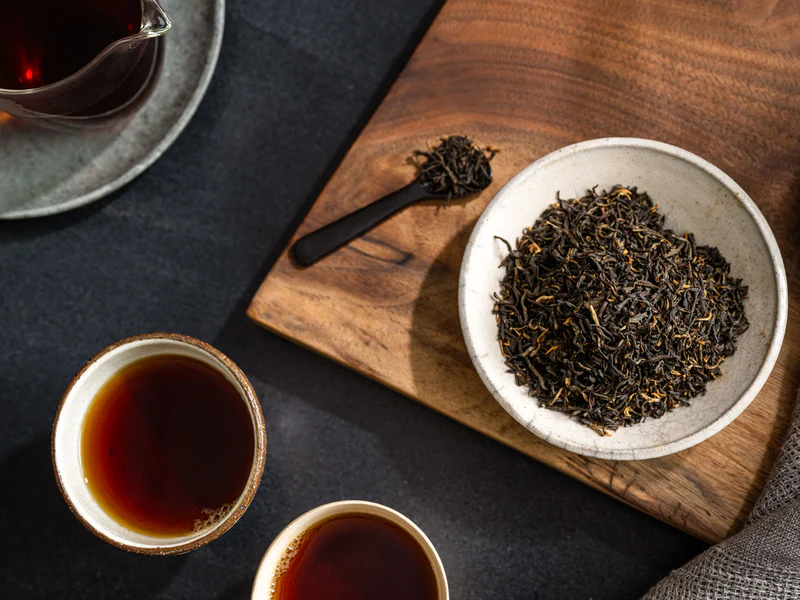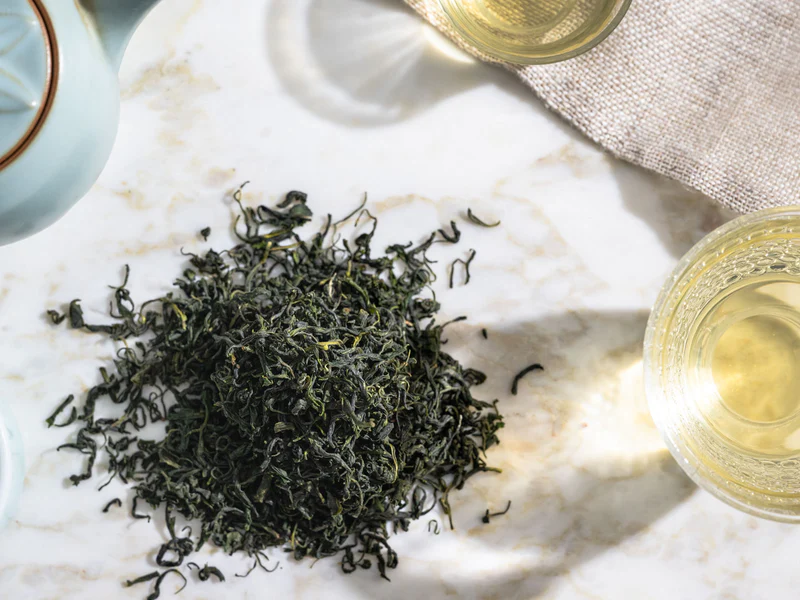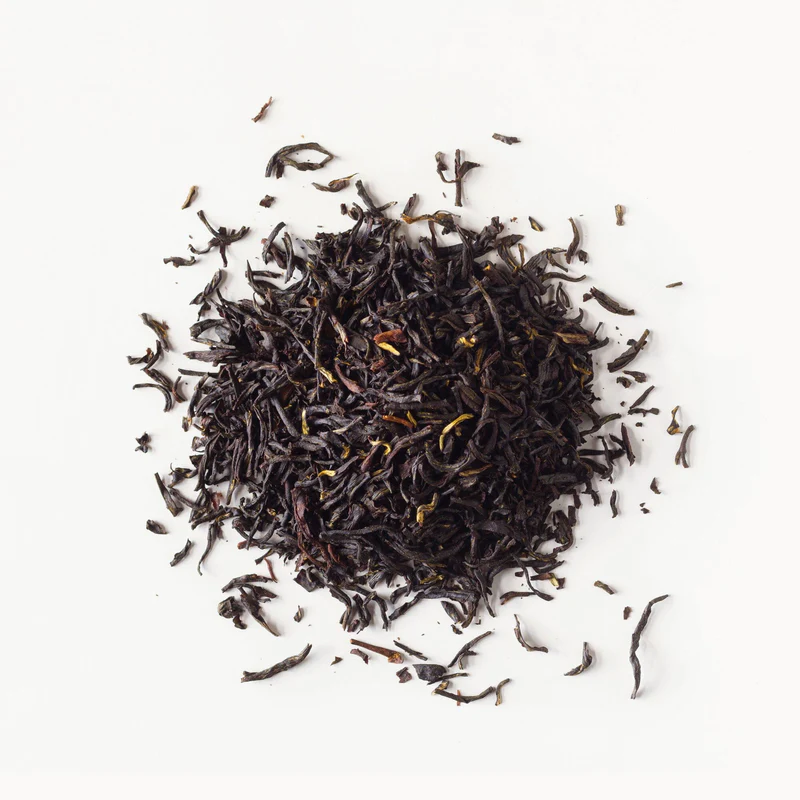Qi in the Chinese language represents the lifeforce energy or the breath of life, present in in the earth, animals, plants, and spirits. Cha Qi is an elusive term with a slightly intangible definition. The literal translation is “tea energy,” but this phrase represents a moment where you feel the connection and force of the tea during a tea session. Cha Qi is typically associated with tea made from ancient tea trees and other extremely high-quality tea varieties that are grown in distinctive terroir and created with care and attention.




The Sensation of Cha Qi
The sensation of Cha Qi is usually associated with drinking Pu’er Tea and Oolong Tea because these varieties of tea are typically harvested from old growth arbors and ancient tea trees or bushes with deep roots grown in remote high mountain regions. Pu’er and Oolong tea varieties have more patience, meaning you can brew many infusions from the same leaves. The time we spend with the tea through the many infusions creates a direct link or bond, which can aid in reaching a meditative or connected state. In this connected state, one can perceive how the tea makes them feel in a more powerful way as the energy flows, builds and resonates. In a sense, the genetic characteristics of the tea, the provenance, and the skill used to craft the tea is felt through brewing, drinking, and savoring each infusion. These moments with tea create a unique feeling and energy. Each infusion of the tea reveals a new experience of aroma, flavor, and aftertaste while the connection between the tea’s Qi and the “teaist” grows stronger. (teaist is one who practices TEAISM, the teaist is the brewer and imbiber).
Cha Qi is also related to Eastern Asian Medicinal Practices, such as Traditional Chinese Medicine (TCM). In a broad sense, different foods or drinks are either “cooling” or “warming”. When drinking a tea with strong Cha Qi such as Pu’er or Oolong, one can experience a variety of effects such as a warm feeling, inner heat, circulatory flow, digestive comforts or perhaps even a bit of sweat. White teas or green teas are typically understood to have a cooling or Yin energy. That is not to say they do not possess Cha Qi, but the effects and perception of energy are often cooling, sobering, calming, refreshing and slightly different than teas with specific warming energies. The natural dichotomy of Yin and Yang energy is but one way to perceive the energy of tea and all things for that matter.


Tea Drunk of Chai Zui
When a tea has powerful Cha Qi, one can experience Cha Zui or “Tea Drunk.” This feeling is much more than a caffeine buzz. The abundance of nutrients and Cha Qi can lead to wonderful feelings of giddiness, focus, replenishment, creativity, and calm alertness. Specifically in the tea plant, Camellia sinensis, we find caffeine, L-theanine, catechins and lots of nutrients. Many believe these components combine to create the state of Cha Zui. Many also believe there is much more to Cha Qi than the few chemical compounds found in the tea that health and wellness media focus on.


Teaists and so called tea heads or tea drunks have many theories. Speaking for this group that which we belong, the old tea trees have deep roots and connections established over the millennia to the flora, fauna and life forces in the soil and environment. Perhaps the animist tradition of reverence to the tree and forest spirits endures through our tea sessions? Shamans, wise people, and their communities took tea to commune with nature and to honor nature. This reverence and exchange enhanced their life. This practice continues, and today we can connect with ethnic minority groups in Southeast Asia and witness their tributes to the tea trees and to their “Tea Gods”. Through our own tea practice in the city, mountain, or jungle, or wherever, we can brew tea and take the tea moment to connect with the deep roots and energy from the tea trees. This feeling of the tea qi can be balancing and refreshing. It can also be psychoactive and sometimes the tea varieties offer a high power and hilarious amphetamine-like buzz or a chilled out, calming vibe. Sometimes the Qi is just right with a calm state of alert and resolve to meditate or get stuff done.
Each tea carries different information, Qi and feeling to us (the Teaists).
The best way to experience Cha Zui and Cha Qi is the spend focused time brewing tea in small amounts to savor multiple infusions using Gongfu Cha techniques. Before you begin your quest to achieve the delightful Cha Zui buzz, be sure to consume some light food and don’t plan to brew one huge cup of tea. With a bit of skill and practice you can extend your tea journey, tune into the Cha Qi, and experience the thrill of Cha Zui.
Tea With Strong Cha Qi
The northern part of Thailand was once part of a greater Dai Kingdom that spanned the regions of Burma, Yunnan, parts of Laos and Thailand. The ancient Dai people held tea in high regard as a food and medicine. It is widely believed that ancient Dai ethnic people carried tea seeds and the methods of fermentation for making pickled tea (miang) wherever they settled down. Old growth tea trees and the arbor teas in northern Thailand came from the seeds introduced between 700-900 years ago by these Dai ethnic people who planted tea as part of their food culture and agricultural practice. Old growth tea is widespread across northern Thailand and so is the practice of eating fermented and pickled tea. There are many old and abandoned tea plantations that were “left to grow” in the forests by ancient and forgotten tea planters who were most likely Dai and Bulang people. These stories can point us to the assumed original tea seed sources for Doi Wawee and northern Thailand in general. The local people call these old tea trees and their heirloom tea seed (land-race) varieties generally as “Assam tea”. There are tea growing villages and areas of forest tea all over the Chiangdao region between Chiangmai and Chiangrai in Northern Thailand.
